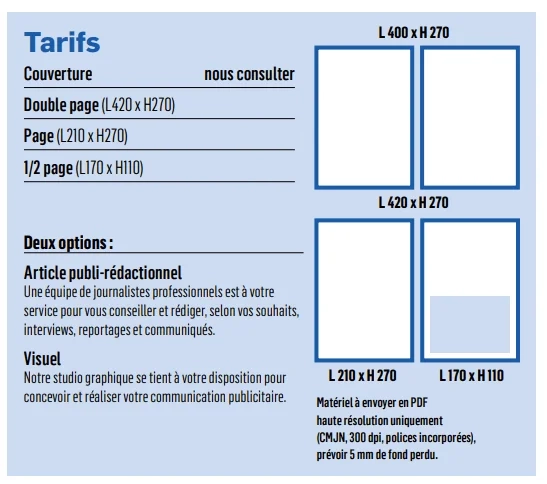
Interview with Mawunyo Mila Aziable, Minister Delegate to the President of the Republic in charge of Energy and Mines, whose main mission is to lead the implementation of the national strategy.
Only 52% of the Togolese population has access to electricity, 8% in rural areas. How will you implement the government's 2020-2025 roadmap, which aims to provide universal access to electricity by 2030?
It is true that there is still a great disparity in access to electricity depending on whether one is in an urban or rural area. However, the electrification rate in Togo is higher than the rates you are putting forward: in December 2021 the electrification rate was around 58%, and we continue to make efforts to meet the objectives of the 2020-2025 roadmap and promote access to electricity for all Togolese by 2030, in accordance with the vision of the Head of State, His Excellency Mr. Faure Essozimna GNASSINGBE. With this in mind, we have launched several projects, particularly in the field of solar energy, relying on public-private partnerships, to significantly increase our clean energy production capacity and our dependence on renewable energies. It is important to emphasize that we will install an additional 270MW by 2023 in accordance with the 2025 roadmap.
Do you plan to exploit the hydroelectric potential?
Today, Africa's energy sector suffers from numerous structural weaknesses, including low electrification rates, disparities, and the impact of climate change on electricity production in many countries. Therefore, the solution to Africa's energy challenges will not come from a single technology, but from a mix of innovative solutions tailored to each country's uses and sourcing.
This is why, under the leadership of the Head of State, we have implemented an electrification strategy that promotes energy production through the combination of centralized renewable solutions (solar and hydroelectric power plants) and decentralized solutions (mini-solar grids and solar kits) to make electricity accessible to populations throughout the country and reduce dependence on wood and fuels.
As a result, hydroelectric power is a pillar of our energy policy. In this regard, and following an inventory of our hydroelectric potential, the development of three sites appeared to us to be a priority. These are the Sarakawa, Titira, and Tetetou sites. Detailed studies have been carried out for Sarakawa, and those for the other two sites are underway.
The Tététou hydroelectric power plant, with a capacity of approximately 50 MW, is an illustration of the Head of State's desire to succeed in Togo's energy challenge by relying on green and sustainable energy. The project, which complements the source of the Nangbeto hydroelectric dam, will improve the quality of electricity service in Togo and reduce the country's energy dependence on the outside world.
Why does the contribution of the mining and extractive industries sector to the state budget remain low?
The Togolese mining sector is mainly dominated by the phosphate industry operated by SNPT and the coastal sedimentary limestone industry operated by WACEM and ScanTogo Mines for the manufacture of clinker, which is the main component of cement. Regarding the phosphates operated by SNPT, all the marketable ore resulting from the processing of crude oil is exported abroad.
This low contribution of the Togolese mining sector to the budget is due to the fact that it depends solely on phosphate and clinker. Thus, to significantly increase the mining sector's contribution to the national budget, it is essential to promote and diversify the mining sector.
What are the challenges associated with phosphate mining?
Apart from the many direct and indirect jobs that will be created by the opening of a new phosphate mine and the contribution of the mining company to local and regional development within the meaning of law 2011-008 of May 5, 2011, we can cite the following main issues:
• The availability and reduction in the cost of fertilizers on the local market;
• Easy supply of fertilizers to neighboring countries, especially those in the interland;
• Increase in national agricultural production;
• Increasing the contribution of the mining sector to the national budget;


















 A Seat That Transforms into a Bed
A Seat That Transforms into a Bed  In the world of air travel, economy class is often considered the most affordable option. However, at Air Afrika, we believe that affordability shouldn't mean compromising on quality of service. Our class
In the world of air travel, economy class is often considered the most affordable option. However, at Air Afrika, we believe that affordability shouldn't mean compromising on quality of service. Our class







